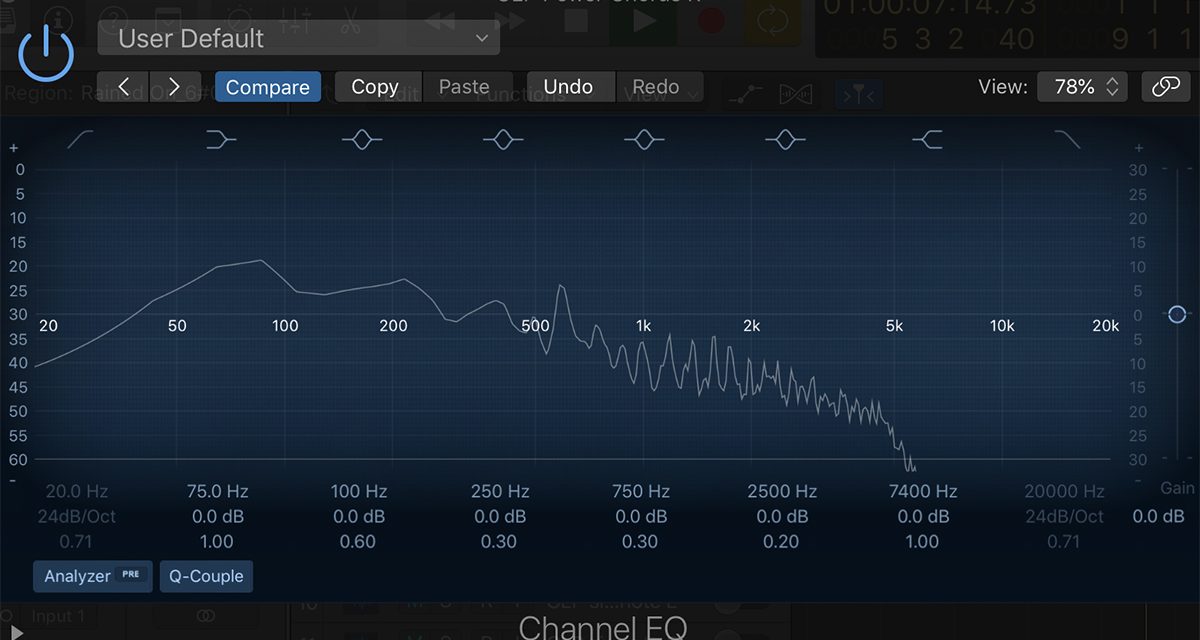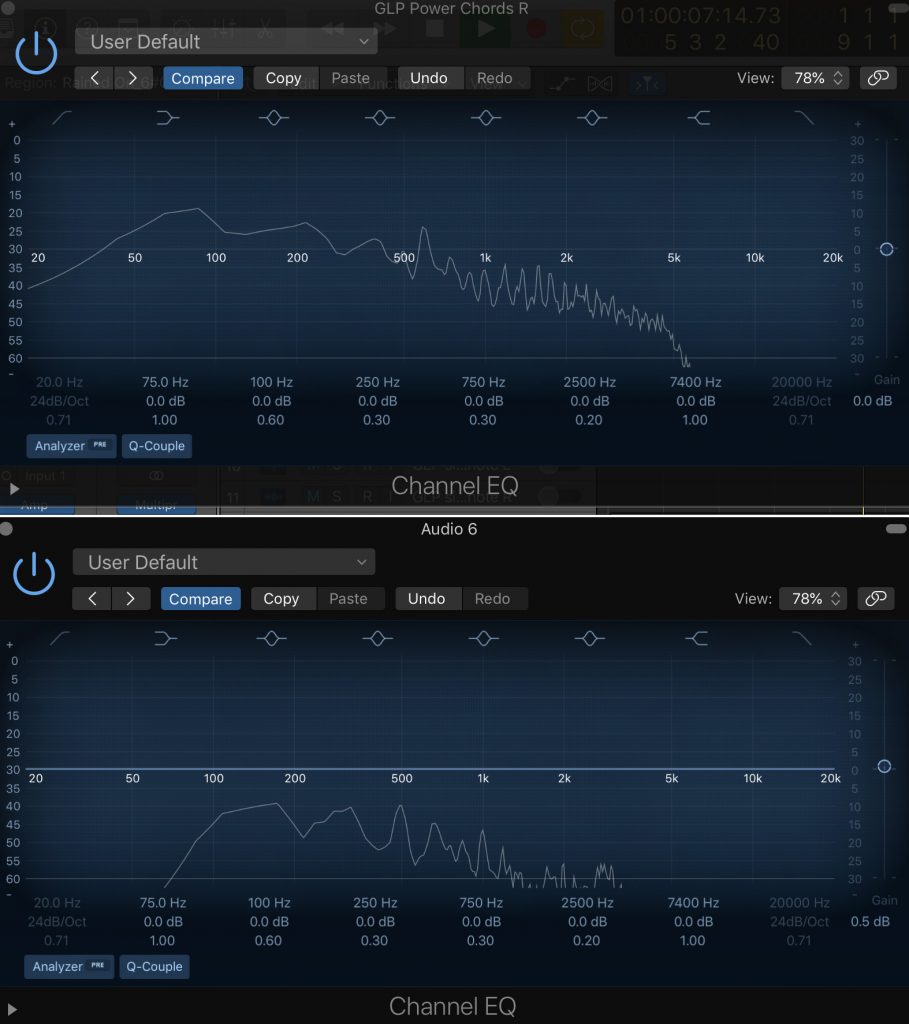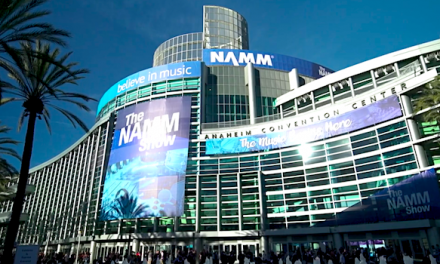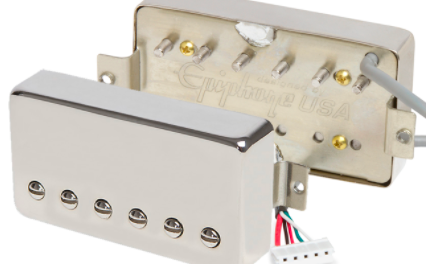Impulse Response files are a big deal, and more and more pros are using them on the road and even in the studio. I’m not going into what they are or how they made, but if you’ve never heard of them, you could sort of think of them as sampling the sound of a speaker cabinet with a mic in front of it. If your ultimate goal is to get your guitar sounding good when played back through any type of speaker system, IR files are something you should check out.
Or not.
My last album, The One Thing, was made mostly with a Shure SM 57 up against an Orange one by 12 cab with a Celestion Vintage 30 speaker. It was driven by a Fender Bassbreaker 15 watt tube amp. I’ve chased the classic rock crunch sound for a long time, and that combo is pretty great for it. To do better, I’d need to drop a couple of grand.
But for my live rig, I’m going to get a Line 6 Pod Go, which allows you to load your own IR files. So I could make an IR file based on my Orange cab, or just buy one from someone who has already done it. Neat!
But it got me thinking. I have an old Line 6 Floor Pod Plus, which is basically a Pod 2. You can turn off the speaker cab emulation in it. What if I recorded the thing with the cab turned off and used one of Logic Pro’s IR speakers? Would that make the Pod sound better? The answer was yes – but compared to my tube amp setup, it just didn’t sound as full or as good. Logic has a spectrum analyzer in the EQ plugin, so I fired it up and compared the real amp cab with the Pod running an IR. Below is a graphic showing the difference. The top graphic is the real amp and the bottom is the Pod with IR.
Hmm.
The first difference is the range of frequencies. The SM 57 picked up sound from 20 Hz all the way up to around 7 kHz. But the range of the Pod is much smaller – there’s very, very little below 100 Hz, and the content from 1 kHz up to about 4 kHz decreases dramatically, and there’s almost nothing above 4 kHz. For you non-audio nerds, that’s like turning down the bass and treble knobs on your stereo. I’d imagine this would be far better on a Helix – the Pod tech is decades old. But it’s still an interesting comparison.
If you’re an audio engineer, you already know that you’re going to roll off a lot of that stuff under 100 Hz anyway. But in terms of the sound of the audio, there’s so much more detail in the real thing.
What does this have to do with using an IR file with a Pod? Well, basically this: you CAN improve the sound of a Pod by setting it up to the “direct to amp” setting, which turns off the cab simulator, and using IR files in your DAW. But the source material itself is still a bit limited in terms of frequency response. In a full mix, that might not even matter. But if you CAN use a real amp or a more modern modeler, you probably should. If you can’t, just make the music. 90% of the people who hear your recordings will have no clue you used an old modeler.






